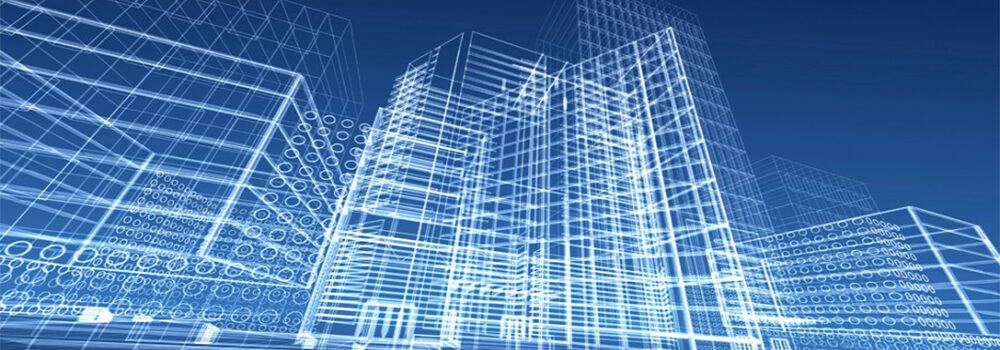
The demand for smart connectivity will only grow in year ahead – Tom Sime, CEO of Exchange Communications
2022 was the year Scottish businesses adopted hybrid working models and new ways of working as we all returned to the new normal post pandemic, only to be thrown into a period of soaring energy costs and inflation rises we haven’t seen in over four decades.
Many businesses have embraced the opportunity to re-establish how they operate and take a real look at their connectivity technology and how it can really work for them, save them energy and money as well as support their teams as they convert to hybrid working systems.
So, what might be in store for 2023?
We have seen a significant increase in demand from businesses looking to implement smart buildings connectivity, which will only continue to grow in 2023.
The benefits of smart buildings connectivity range from – creating highly responsive buildings that respond to movement to control energy and lighting, to features that support net zero ambitions and sustainability by switching off energy usage in unused areas which can also have financial benefits.
A report from ReportLinker issued earlier this month highlights the Global Smart Buildings Market is poised to grow by $46123.2 million during 2023-2027, driven by stringent regulations on energy consumption in buildings, the growing need for building automation to enhance business outcomes, and the increasing demand to conserve energy. This shows the size and scale of the of demand for Smart Buildings and gives an indication of its importance for the future of our business success.
If it’s not an area of the business you reviewed strategies for in 2022, this is a rapidly transforming market so now is certainly the time to make it a priority.
For those with hybrid working, the digital employee experience (DEX) will remain a focus to attract talent, improve productivity and increase employee engagement. We can also expect to see the continued development of collaboration tools such as Microsoft Teams offering the ability to consolidate more DEX applications under one platform.
Personalisation will also become a key feature as the tools, apps, systems an employee accesses can be tailored depending on their job role or even if they are mostly based in the workplace or working remotely.
The expanding offering of no-code and cloud service Artificial Intelligence (AI) options means that this is an area which is becoming more accessible to businesses, meaning they could produce AI-powered products and services that enhance customer interactions.
With more and more business transactions and social commerce moving online, we’ll likely see a shift in digital trust from third-party, centralised systems to decentralised models, to conduct person-to-person and entity-to-entity commerce and information flow, a good example being blockchain.
This year, and continuing for the next few years, we’ll see a significant rise in Internet of Things (IoT) devices, partly driven by 5G which makes data transmission faster and enables a higher number of devices to be connected together.
In terms of telecommunications, it will be more and more important to reduce the risk of cyber-attacks by bolstering telecoms systems.
One of the wonderful things about technology is that it is ever evolving and customisable. Every single topic I have highlighted may not be relevant for your business or industry. But there may just be a few that resonate with you and will see you develop your performance this year.
In what is set to continue to be challenging economic conditions for all, it can be easy not to prioritise investment this year. But what we’ve seen in our years of experience, is that it is those who continue to invest across the business that come out the other side of a recession in a stronger position compared to competitors that haven’t.
Tom Sime – CEO of Exchange Communications
